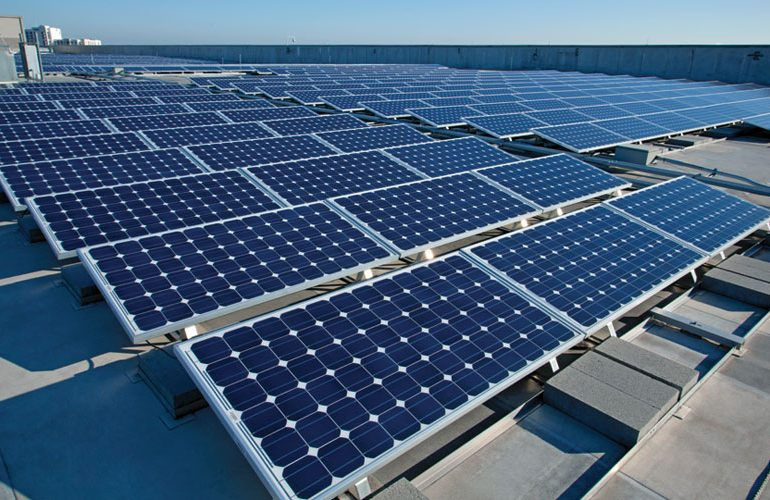Alternative Energy
- Reon Energy
- Feb 12, 2020
- 2 min read
Alternative Energy refers to energy sources other than fossil fuels. This includes all renewable sources and nuclear. Pakistan lies in an area with one of the highest solar insulations in the world, where huge potential for developing solar energy is available.
Pakistan is blessed with vast sun-baked plains ideal for producing solar energy. If Pakistan installs six 80 watt solar panels per square meter, then 4.8 KWh of energy per day would be available. Pakistan has an average of 300-500 watts per square meter in a day, and sunlight is available for an average of 10 hours per day. In summer, Pakistan gets more sunlight, due to extended daylight; hence, there is greater potential for solar energy than in winter.
Overall Pakistan, especially Baluchistan, Sind and Southern Punjab, receives abundant solar radiation about 3000 hours/year, which is higher than the global average. This will also go a long way towards reducing environmental pollution, smog and flooding. If these sources of energy are tapped to the maximum, we can also achieve close to 100pc level of green energy by 2030.
The potential for big and small dams, if built, can further augment the power and water requirements of the country. At present, only about 40pc of Pakistan’s energy is generated from renewable sources (mainly hydel power at 27pc).
But utilizing a mix of renewable energy sources such as those mentioned above can fulfill a major portion of our energy needs at a lowest cost per kilowatt and at the same time drastically reduce our import bill for fossil fuels. For example in Sindh, we have 320 hours of sunlight in the whole month of May, which implies that the average solar light available is 10.66 hours per day. With this availability, Sindh can generate 0.852 KWh per day with a single 80 watts solar panel.
Not only will we stop burning imported fossil fuels for generating electricity, our triple problems — environmental pollution, smog and climate change — will be reduced.
While the energy sector remains embroiled in this mismatch between the supply of energy and its demand, policymakers have continued to focus on traditional sources of power generation; namely, oil and natural gas. Currently, the installed capacity of energy in Pakistan is 21,000MW, but the maximum generation is only 15,000- 16,000MW. This suggests that there is significant room for developing alternative energy resources that could help meet the shortfall effectively.
For More:




Comments